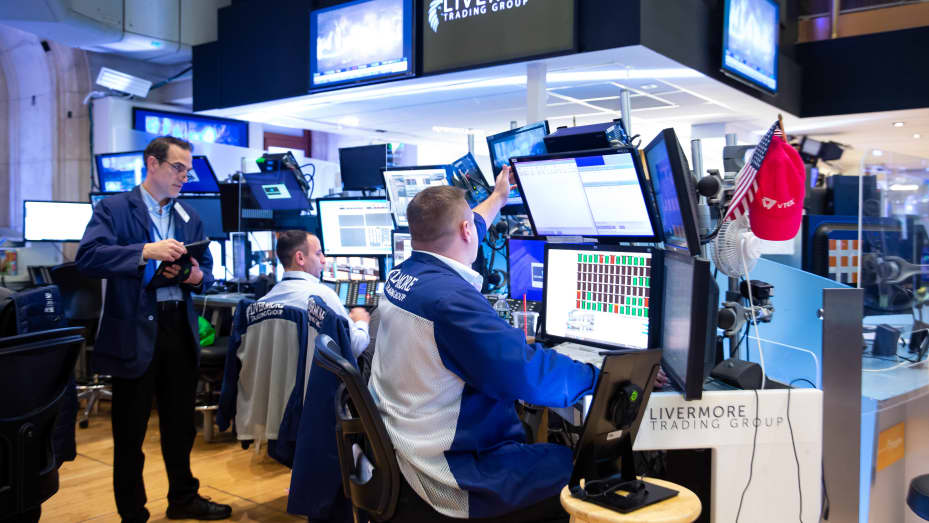
- Indices
- Stocks
Wall Street ends another session lower
Do you want to know how to make money from this?
Register for free and get expert advice, access to a training course and webinars.
Key points:
- US stock indices ended the second session of the year with a decline.
- The decline came amid investor concerns about inflation and rising interest rates.
- Rate-sensitive technology stocks fell the most.
US stocks stumbled again for a second consecutive day, dragged down by profit-taking after a strong finish to 2023. The Federal Reserve’s December meeting minutes failed to alleviate investor jitters.
This marks the first time the benchmark S&P 500 has opened the year with two consecutive losses since 2015, which also began with a three-day downturn. Additionally, it represents the worst two-day percentage decline since late October.
This pullback stands in contrast to the rapid gains witnessed across all three major US indices in the final two months of the year. The S&P 500, with inflation easing, had inched closer to its all-time closing high last week, prompting investors to anticipate a more aggressive rate-cutting cycle.
The S&P 500 (.SPX) closed at 4,704.81, down 38.02 points or 0.8%. The Nasdaq Composite (.IXIC) closed at 14,592.21, down 173.73 points or 1.18%. The Dow Jones Industrial Average .DJI closed at 37,430.19, down 284.85 points or 0.76%.
Tech stocks come under pressure
Stocks sensitive to interest rate hikes declined, with Nvidia (NVDA.O), Apple (AAPL.O) and Tesla (TSLA.O) losing ground between 0.7% and 4%.
Airline stocks were also in the red as a spike in oil prices following disruptions at Libya’s largest oil field fueled concerns about fuel costs. The S&P 1500 Passenger Airline Index (.SPCOMAIR) plunged 4%.
The energy sector bucked the trend, with the energy index .SPNY rising 1.5%, leading a handful of S&P sectors to post gains.
Trading volume on US exchanges was moderate, with 11.84 billion shares changing hands, compared with an average of 12.35 billion over the past 20 trading days.
What are the expectations from the Fed now?
Investors have been treading cautiously into 2024, bracing for the Federal Reserve’s anticipated shift to rate cuts this year and the uncertainty surrounding the timing of these reductions. Despite expectations of a rate hold in January, market participants have priced in a 67% probability of a 25-basis-point rate cut in March, according to the CMEGroup’s FedWatch tool.
The Fed’s December meeting minutes released on Wednesday provided fresh perspectives, indicating a growing confidence among policymakers that inflation has moderated and that “upside risks” have diminished. However, there’s also an increasing concern about the potential harm that “overly restrictive” monetary policy could inflict on the economy.
Despite these insights, the minutes did not provide definitive information about when rate cuts might commence, leaving investors with lingering uncertainty.
Do you want to know
How to make money from the news
Register for free and get:
- Expert consultation;
- Access to the training course;
- Opportunity to participate in webinars

